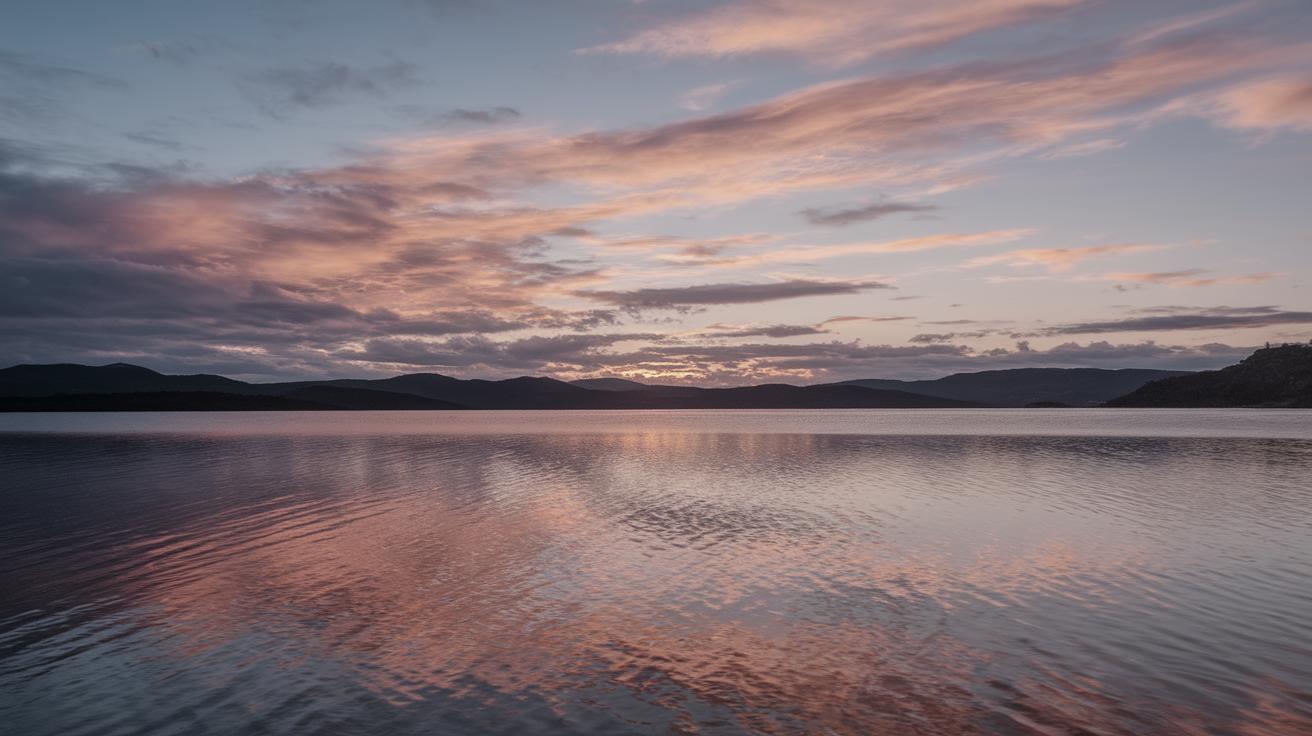The Ethics of Photojournalism
Photojournalism holds a powerful role in shaping public perception and documenting reality. As such, it operates with a unique set of ethical considerations that guide professionals in their duty to accurately and impartially capture the world. This blog post delves into the core ethical principles of photojournalism, focusing on accuracy, impartiality, taste and decency, privacy and consent, and integrity. By examining these components, we can better appreciate the responsibilities that photojournalists bear in their work, as well as the societal implications of their images. Through this exploration, readers can gain insights into the nuanced dynamics of photojournalism and the essential lessons that enforce ethical storytelling in visual media.
Accuracy
At the core of photojournalism lies the principle of accuracy, demanding that images faithfully represent the events and contexts they depict. Photojournalists must strive to capture reality as it unfolds without manipulation that could mislead viewers. This commitment to truthful representation helps maintain the credibility of the media and ensures that audiences are informed with facts rather than fiction.
However, accuracy extends beyond merely capturing moments; it also encompasses the editing process. Careful consideration must be given to cropping, color adjustments, and context framing, ensuring these alterations do not distort the perceived reality. Vigilance in upholding accuracy is vital, as any deviation can influence public opinion and alter the course of narratives being examined.
Impartiality
Impartiality is a foundational element essential to photojournalism, akin to a compass that guides journalists in presenting a balanced view of events and issues. Achieving impartiality requires a conscious effort to eliminate personal biases and present multiple perspectives so that audiences can deduce their conclusions autonomously. This objectivity is crucial to maintain the trust of viewers who rely on journalistic integrity to form informed opinions.
Photojournalists must remain vigilant against the subtle influence of personal beliefs and societal pressures that may skew their coverage. Impartiality often leads to difficult decisions about which images to include, how to portray subjects, and whether the depiction is representative of broader realities. By adhering to impartiality, photojournalists honor their role as impartial observers, facilitating open dialogue informed by a comprehensive understanding of events.
Taste & Decency and Offence
Photojournalists often navigate the delicate balance between capturing impactful images and respecting taste and decency. While powerful images can evoke strong emotions and drive public discourse, they must be evaluated for their potential to offend or upset audiences. Ethical considerations demand that photojournalists weigh the societal benefits of a photograph against the risks of shocking or offending viewer sensibilities.
Responsible photojournalism involves an acute awareness of cultural sensitivities and norms, ensuring that imagery is handled with respect and consideration for diverse audiences. This involves thoughtful editorial decisions about displaying graphic content and the contexts in which images are shared. Upholding taste and decency ensures that the intent and impact of photojournalistic work are aligned with humane and ethical standards, preserving dignity and fostering constructive engagement.
Privacy and Consent
Privacy and consent are pivotal ethical concerns in photojournalism, where the line between public interest and individual rights can often blur. Photojournalists must exercise discretion and balance their duty to inform with the rights of individuals to privacy. This involves obtaining consent, especially in sensitive contexts, to respect the dignity and personal space of subjects featured in photographs.
In public spaces, the challenge lies in maintaining transparency and managing how subjects are portrayed, ensuring their rights are not violated. In private contexts, stricter standards apply, demanding explicit permission. These considerations are further complicated by digital distribution’s reach, necessitating thoughtful adherence to privacy norms to prevent harm or undue exposure of individuals, respecting both legal and ethical obligations.
Integrity
Integrity in photojournalism is the overarching commitment to principled practice, ensuring that professionals adhere to ethical guidelines in every aspect of their work. This principle encompasses truthfulness, fairness, and accountability, pushing photojournalists to maintain high standards of conduct. Integrity ensures that photojournalists uphold the profession’s moral foundations even when faced with challenging circumstances or potentially compromising situations.
Professional integrity involves resisting partisan influences, financial incentives, and pressures that could compromise the authenticity or objectivity of their work. Photojournalists are tasked with safeguarding the credibility of their profession, providing the public with truthful and unaltered narratives. By adhering to integrity, photojournalists contribute to the medium’s legacy as a trusted revenue source that enlightens and informs society.
Lessons Learned
| Principle | Description |
|---|---|
| Accuracy | Commitment to capturing reality truthfully, avoiding manipulative alterations. |
| Impartiality | Ensuring balanced coverage free of personal bias, fostering informed dialogue. |
| Taste & Decency and Offence | Balancing impactful storytelling with respect for cultural sensitivities and viewer emotional thresholds. |
| Privacy and Consent | Respecting individual rights through consent and privacy considerations, particularly in sensitive contexts. |
| Integrity | Upholding ethical principles, maintaining professionalism, and ensuring credibility in photojournalistic practices. |


